Automotive Industry

Pepperl+Fuchs is a recognized supplier to the automotive industry.
Whether for navigating automated guided vehicles, for reliable identification in high-temperature areas, or for safeguarding safety-critical applications—industrial sensors have become an integral part of the automotive industry. The right sensors also ensure smooth processes in tire production or in the manufacture of batteries for electric vehicles. Discover sensor solutions from Pepperl+Fuchs that can be used to automate all stages of automotive manufacturing in a simple and efficient way.
Sensor Solutions for All Automotive Applications

From positioning to conveyor technology to component monitoring—here you will find a comprehensive overview of our products and solutions for the automotive industry.
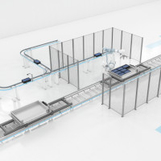
The future of the automotive industry belongs to e-mobility—and therefore also to the battery, the heart of electrically powered vehicles. Pepperl+Fuchs offers a broad portfolio of suitable sensors to ensure the highest quality and efficient processes in battery manufacturing.
Product Highlights for Automotive Applications

Chassis move along the production line on automated guided vehicles. The PGV positioning system ensures safe, precise guidance of AGVs and is now available in a safe version—the safePGV enables safe absolute positioning in line with SIL 3/PL e.
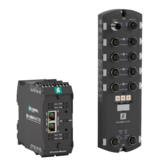
ICE2 (EtherNet/IP) and ICE3 (PROFINET) series IO-Link masters with OPC UA interface provide the most versatile industrial IO-Link master solutions supporting the industry’s leading protocols, including EtherNet/IP, PROFINET, and MODBUS TCP.
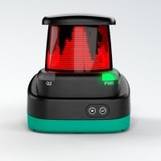
Whether in body construction, assembly, material supply, or navigation of automated guided vehicles, the R2000 UHD 2-D-LiDAR sensor delivers high-precision measurement data in dynamic applications—at a range of up to 100 m.
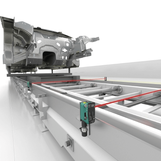
When skids enter a closed working area, precise position detection is crucial—as is the case in welding cells, for example. R20x series photoelectric sensors detect even highly reflective surfaces.
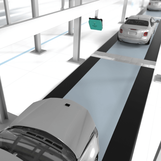
Incomplete vehicles are conveyed on skillets through production plants. The F190 and F192 series UHF read/write heads are mounted at different plant stations to reliably detect car and part assignment, work processes, and quality data over long distances.
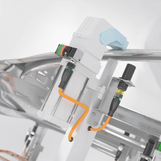
Weld-immune reduction factor 1 sensors detect different metal parts in demanding environments. They are extremely rugged and resistant to weld spatter and other influences.
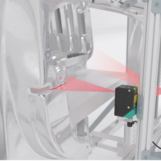
The SmartRunner Matcher light section sensor can store and compare different reference profiles—for example, of car doors in the body shop—before they are grabbed, positioned, and welded by industrial robots.
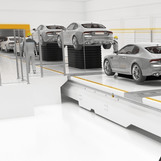
SIL2/PL d inductive safety sensors are used to reliably detect the end position of scissor lifts in production lines, and to ensure the safety of employees at all times.









 +91 80 4609 6000
+91 80 4609 6000